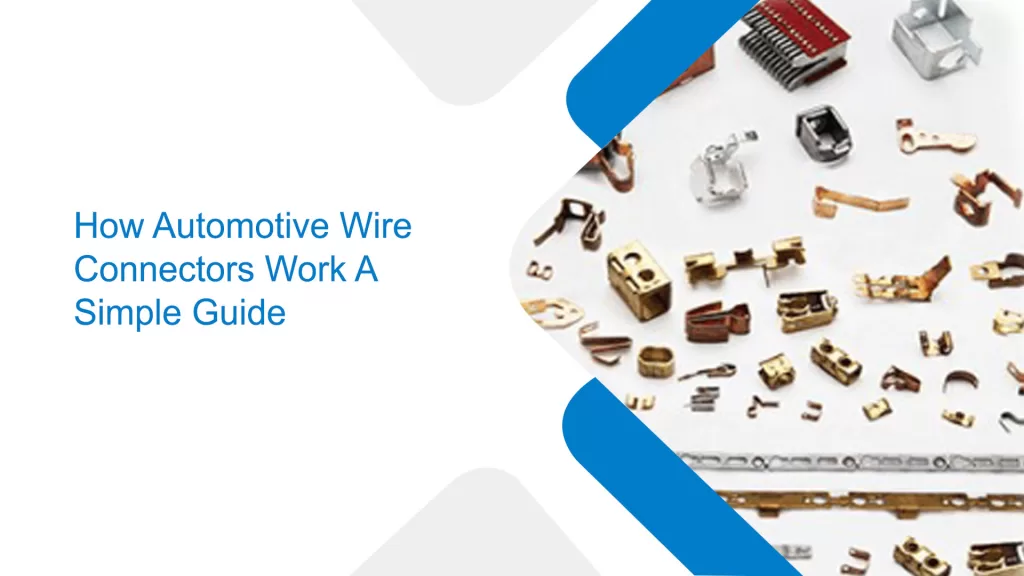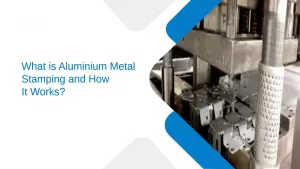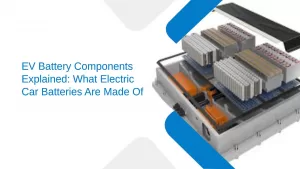How Automotive Wire Connectors Function: A Brief Overview
- Consumer Durables |
- Aug 7, 2025

Although automotive wire connectors may seem small in a car’s electrical system, they perform a crucial role. They help sustain a dependable flow of electricity throughout various regions in a car. Connectors facilitate the powering of the headlights, running the audio system, or even charging the battery. Without automotive wire connectors, electrical components in the car would not function properly.
As a car owner or mechanic, knowing the fundamentals of automotive plug connectors is essential, especially when it comes to making minor repairs and improvements. In this guide, we’ll discuss automotive wire connectors and their application, along with their components.
What Are Automotive Wire Connectors?
As the name suggests, automotive wire connectors connect and join electrical components in a vehicle. They control the flow of electricity and signals through wires, ensuring that the electrical circuit is complete, maintaining the required current values, and protecting against short circuits. Consider them as the “handshakes” that happen between wires that ensure automotive processes safely and effective.
The automotive industry features a broad selection of connectors with unique environmental and electrical specifications. Without these connectors, mechanics would have to perform the tedious task of soldering every joint, which would provide less adaptability for repairs.
Types of Automotive Wire Connectors
Automotive wire connectors are numerous, and for performance and safety purposes, the most appropriate one should be selected. Some common car electrical connectors are listed below:
- Bullet Connectors – Easy to join and separate, these are used for lighting systems.
- Blade or Spade Connectors – Flat and wide. Best used for quick connections in fuse boxes and relay panels.
- Ring Terminals – Circular ends used for screwing onto grounding terminal posts.
- Butt Connectors – Best suited for attaching two wires together end to end.
- Weatherproof Connectors – Featured with seals to protect from moisture and dirt which can cause corrosion.
- Multi-pin Connectors – Used in advanced automobile systems with many wires to be connected simultaneously.
A good understanding of these types of automotive wire connectors increases the efficiency of choosing the right one for the task, especially in custom wiring or replacing damaged parts.
How Automotive Wire Connectors Work
Automotive plug connectors serve a vital purpose in any vehicle—they allow the smooth flow of electric current. To do this, each connector has metal contacts that hold the wire strands. Because the metal contacts are insulated with rubber or plastic, short circuits are prevented.
Here is a step-by-step breakdown of the process:
- Wire Preparation – The automotive wire is stripped so that its metal strands are exposed.
- Insertion – The exposed parts of wire are inserted into the connector.
- Crimping or Soldering – The wire is secured by using a crimping tool or solder.
- Insulation and Sealing – Heat-shrink tubing or built-in insulation is used to cover the connector.
- Connection – The two connector halves are combined, and thus, the current can flow through.
How to Connect Wires in an Automotive Plug
Teaching you to connect wires in an automotive plug is simple—it can be done in a couple of steps:
- As a precaution, always disconnect the battery to the car. This is for your safety.
- Strip insulation off about ¼ off two automotive wires.
- Put the wires into the appropriate sections for the connector.
- Apply crimping force to secure the connection.
- Before sealing with insulation or heat shrink, test the connection.
Doing so the right way makes sure there are no loose connections or short circuits in the future.
Understanding proper connectors and their usage.
As with any automotive wire connectors, using the right type automotive wire connector is a matter of safety and. Faulty these wire connectors can lead to:
- Electrical failures
- Overheating wires
- Short circuits
- Destruction of costly components
For instance, the use of a non-weatherproof connector in a weather exposed location can result in power flow interruption through corrosion, posing a potential fire hazard.
Maintenance and Troubleshooting
Like any part of the vehicle, attention to automotive plug connectors is required. Look out for:
- Loose fittings
- Corroded metal contacts
- Frayed automotive wire
- Dirt or debris alongside the connector
Cleaning and replacing these connectors prevents big electrical faults.
To Conclude
When replacing a headlight, installing a new stereo or fixing a stereo or fixing a interface wiring problem, knowing the types automotive wire connectors is incredibly helpful. Structuring these wire connectors properly ensures smooth and safe operation of the vehicle’s electrical system.




